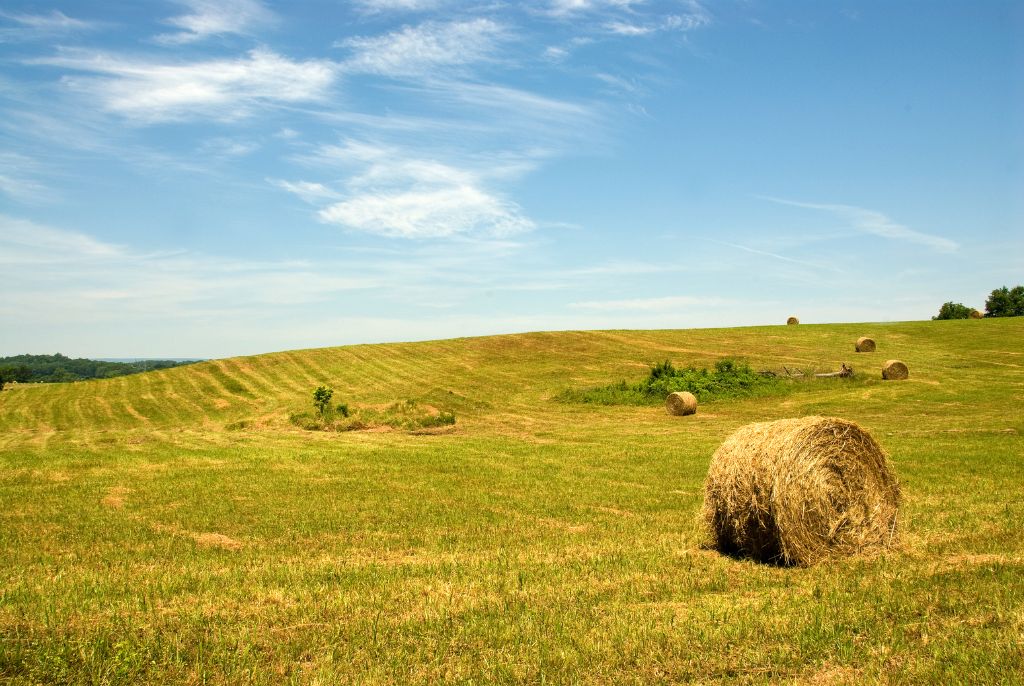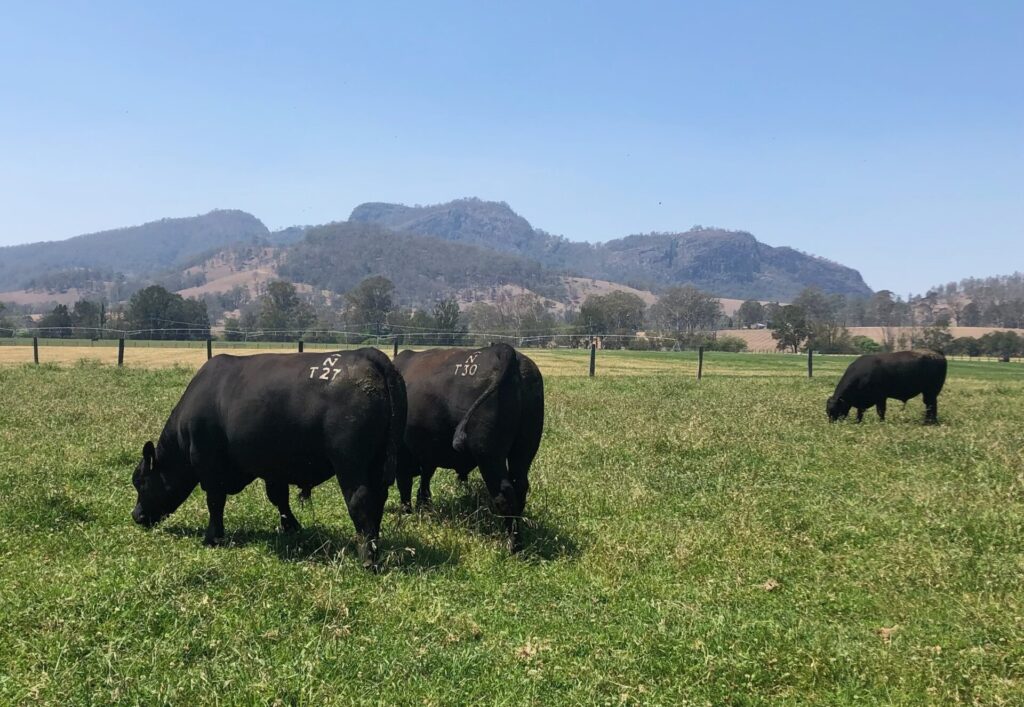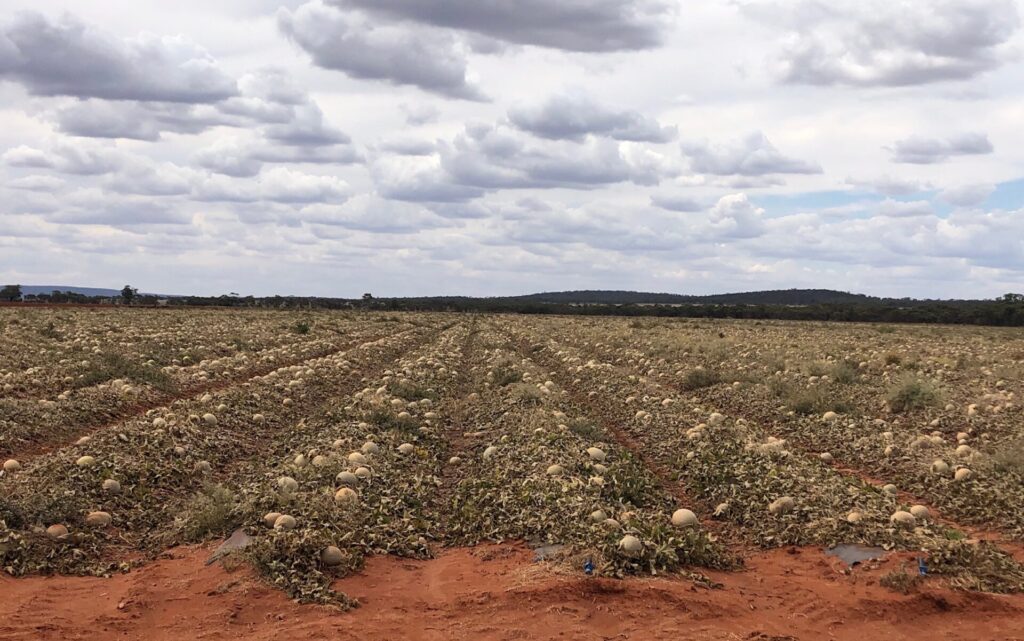The agricultural sector continues to evolve, influenced by economic conditions, global demand and shifting consumer preferences. At the recent ABARES conference, commodities and farm data analysts on the panel shared key insights into the medium-term economic outlook for Australia’s agriculture, fisheries, and forestry sectors. Here’s what industry leaders had to say about the opportunities and challenges ahead.
Livestock Industry on the Rise
Gabby Coulthard highlighted the positive trajectory of the livestock industry, predicting increased production and demand. However, production costs for both sheep and beef are expected to rise.
• Sheep and Beef: While input costs continue to climb, global demand for Australian red meat remains strong.
• U.S. Demand: The U.S. market is poised to increase its demand for Australian beef and veal in the coming year.
• Lamb Exports: The Middle East has now surpassed China as the largest market for Australian lamb, reinforcing the importance of diversifying export markets.
Broadacre Farming: A Strong Economic Outlook
Patrick Mulcahy provided an optimistic outlook for Australia’s broadacre farm performance, with farm incomes and profits set to improve.
• Profitability: Average broadacre farm business profits are projected to increase to $110,000 in 2025/26.
• Cropping Farms: These continue to be the primary driver of broadacre profits.
• Cost Relief: Decreasing interest rates and lower fuel costs are expected to boost farm incomes.
• Overall Outlook: Farming incomes are on an upward trend, presenting new opportunities for growth and reinvestment.
Fisheries and Aquaculture: Growth and Resilience
Harrison Tuynman shed light on the key trends shaping the fisheries and aquaculture sectors.
• Live Exports Surge: Exports, particularly for rock lobster and salmonids, are expected to increase, with a 20% price rise anticipated.
• Market Value: The sector continues to show strong growth potential, adding billions in value to the economy.
• Market Volatility: Currency fluctuations pose a risk but also provide opportunities for strategic market positioning.
• Emerging Markets: Prawns, barramundi, and Murray cod are experiencing growing demand, demonstrating the resilience and adaptability of the Australian seafood industry.
Forestry: A Long-Term Perspective
Stephanie Black provided insights into the complexities of the forestry industry, where decisions made today will shape the industry decades into the future.
• Structural Timber: Softwood plantations primarily serve the residential sector and are closely tied to housing market trends.
• Global Market for Hardwood: Australia remains a key supplier of woodchips for paper and packaging products worldwide.
• Regulatory Challenges: Native hardwood supply is governed by Australian government regulations, with current access predicted to decline.
• Competitive Edge: A low Australian dollar keeps exports competitive, reinforcing Australia’s position in global timber markets.
Final Thoughts
The agricultural, fisheries, and forestry sectors are poised for continued growth, driven by increasing demand, strategic cost reductions, and evolving market dynamics. While challenges such as production costs and regulatory changes remain, the outlook for Australian commodities remains strong. Businesses operating in these sectors must stay agile, leveraging market trends to optimise profitability and long-term sustainability.
Thanks to the ABARES Outlook 2025 team for the opportunity to be part of a fantastic event!




